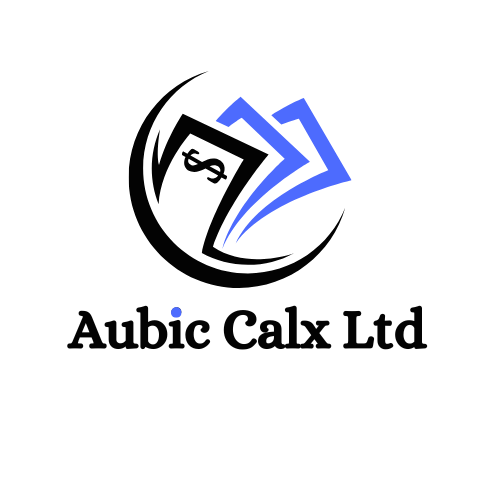Affordable Compliance Automation for Accountants: Cut Costs, Not Corners
The compliance burden facing accounting professionals has reached unprecedented levels, with the average accounting firm spending 40% of their time on compliance-related activities. Yet many small and medium-sized practices believe that effective compliance automation is beyond their budget, forcing them to choose between profitability and proper regulatory adherence. This perception couldn’t be further from the truth.
The Real Cost of Manual Compliance
Manual compliance processes don’t just consume time – they create hidden costs that many accounting professionals fail to recognize. A recent analysis of 200 small accounting practices revealed that manual compliance management costs an average of $47,000 annually per practice. This includes direct labor costs, error correction expenses, penalty fees, and the opportunity cost of time that could be spent on revenue-generating activities.
Consider the case of a regional bookkeeping firm that relied on manual processes for client onboarding and document verification. They spent 8 hours weekly chasing missing signatures, verifying document authenticity, and preparing audit trails for compliance reviews. This manual approach led to delayed client deliverables, increased stress during tax season, and ultimately, the loss of three major clients who found more efficient service providers.
Built-in E-Signatures
Modern compliance automation begins with eliminating the document signature bottleneck. Built-in e-signature capabilities transform the most time-consuming compliance task into a streamlined, automated process. Instead of printing, mailing, scanning, and filing physical documents, accounting professionals can now complete entire compliance workflows digitally.
Aubic Calx Ltd’s integrated e-signature functionality goes beyond simple digital signatures. It includes automatic signature tracking, deadline reminders, and compliance validation to ensure all required signatures are obtained before deadlines. One mid-sized CPA firm reported reducing their client onboarding time from 5 days to 2 hours after implementing our automated e-signature workflows.
Automatic Audit Trail Generation
Perhaps the most valuable feature of modern compliance automation is automatic audit trail generation. Every document interaction, modification, and approval is automatically recorded with timestamps, user identification, and change details. This creates comprehensive audit trails that meet regulatory requirements without any manual intervention.
The audit trail functionality extends beyond simple logging. AI-powered systems can automatically generate compliance reports, flag potential issues before they become violations, and even predict which documents will be needed for upcoming regulatory filings. This proactive approach transforms compliance from a reactive scramble into a strategic business advantage.
Tax Validation and Regulatory Compliance
Tax compliance represents one of the most complex challenges facing accounting professionals. Manual tax validation processes are not only time-intensive but also error-prone, with the potential for costly mistakes that can damage client relationships and professional reputation.
Automated tax validation systems continuously monitor changing regulations, automatically update compliance requirements, and flag potential issues before they become problems. These systems can validate tax calculations, ensure proper documentation, and even suggest optimization strategies that provide additional value to clients.
Cost-Effective Implementation Strategies
The key to affordable compliance automation lies in choosing platforms that offer comprehensive functionality without requiring significant upfront investment. Cloud-based solutions eliminate the need for expensive hardware and IT infrastructure, while subscription-based pricing models make advanced features accessible to practices of all sizes.
Implementation Best Practices
Successful compliance automation implementation requires a strategic approach that begins with identifying the most time-consuming manual processes in your current workflow. Start with high-impact areas like client onboarding, document signing, and routine compliance reporting.
The goal isn’t to automate everything at once but to create efficient workflows that eliminate manual bottlenecks while maintaining the personal touch that clients value. The right automation platform should enhance your professional capabilities rather than replace the expertise that makes your practice valuable.
With proper implementation, compliance automation becomes a powerful tool for growth, profitability, and client satisfaction – proving that you don’t need to break the bank to build a more efficient and compliant practice.
